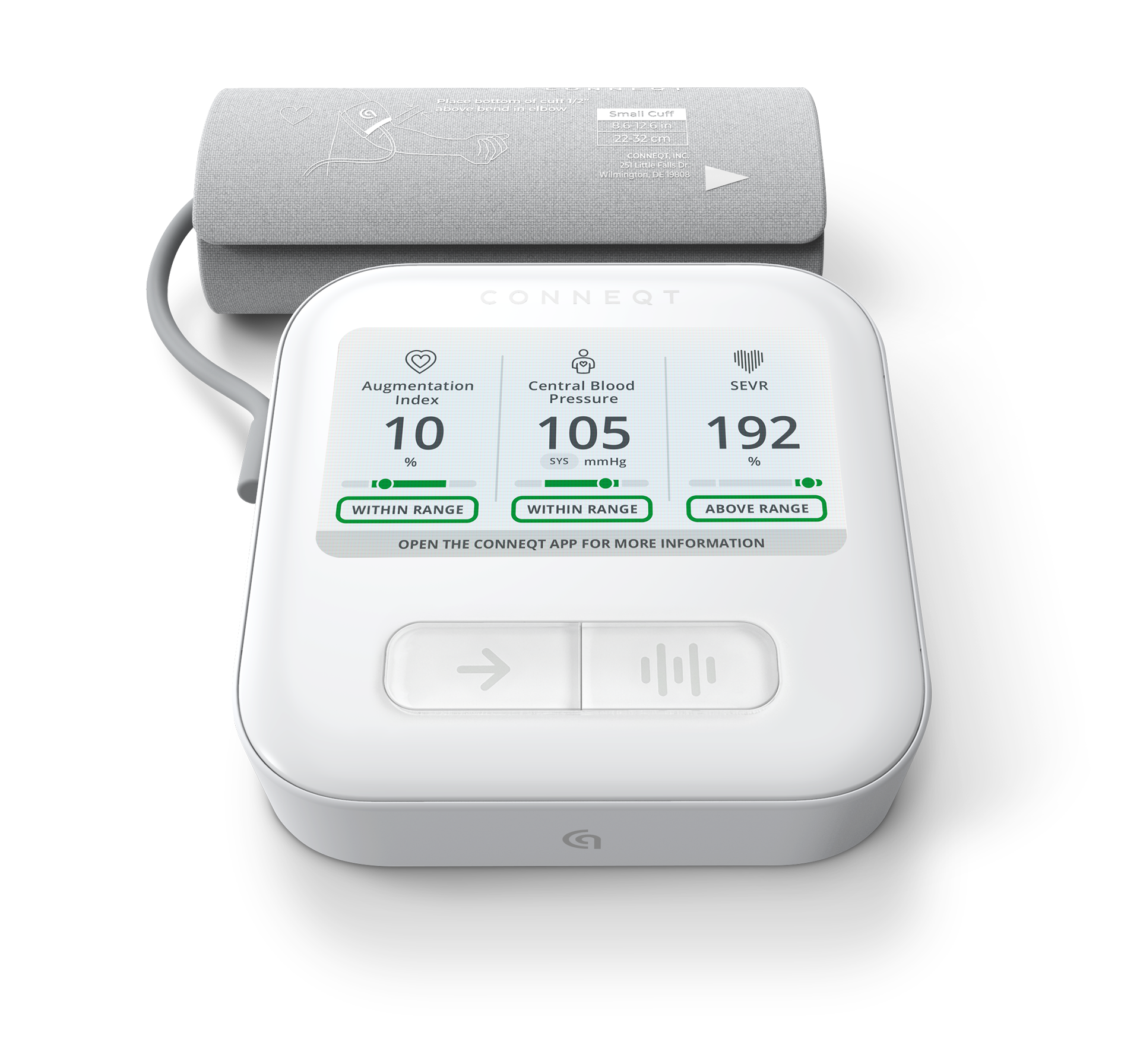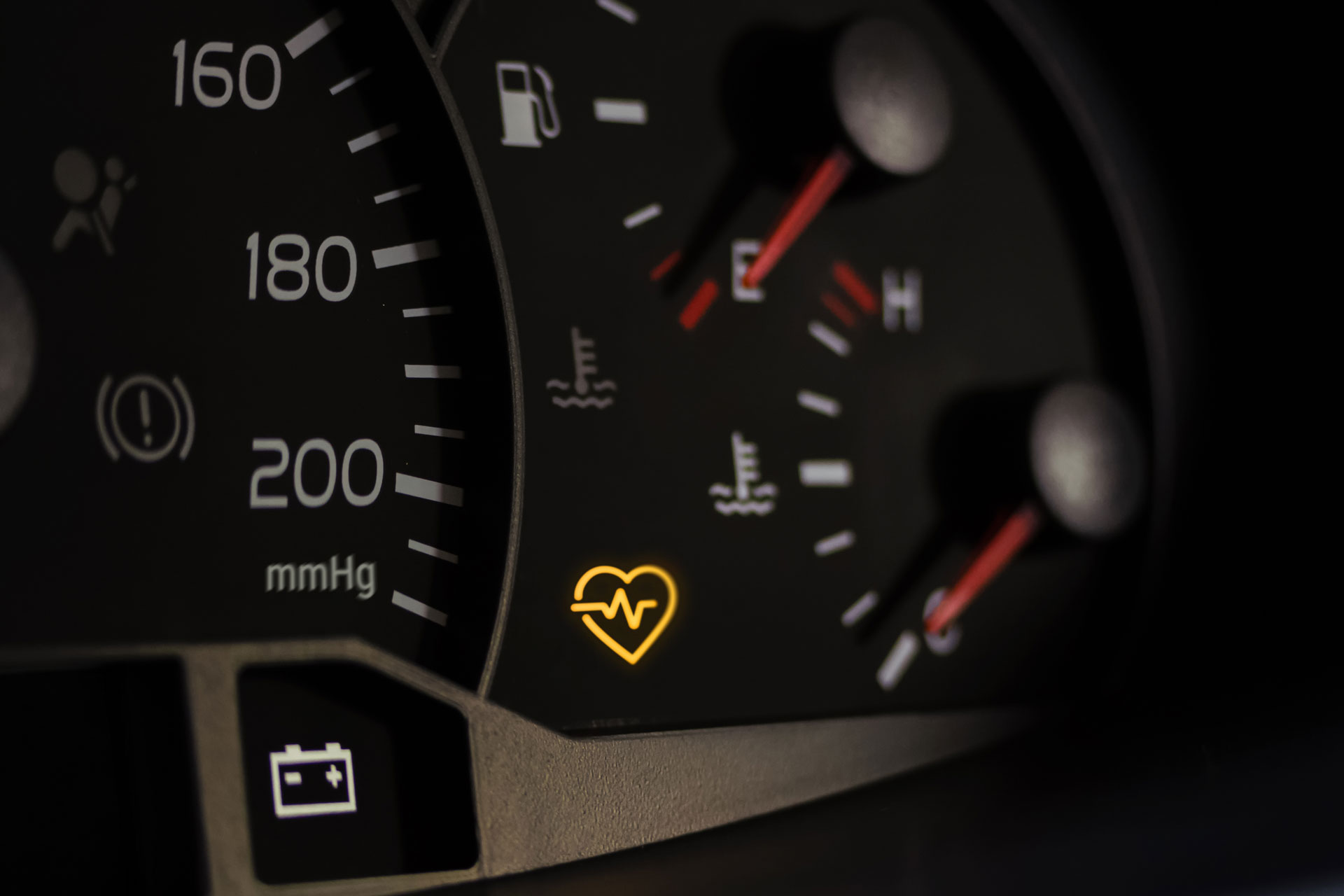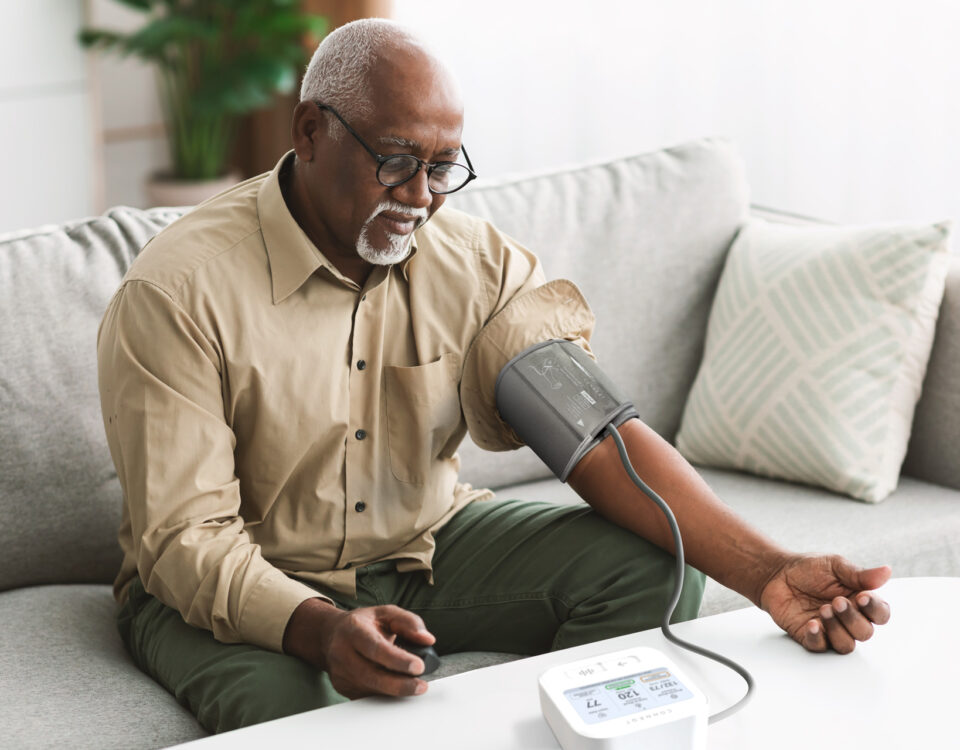Half of all cardiac deaths happen without warning. No chest pain. No shortness of breath. No red flag on a basic blood pressure check. One moment a person feels fine, and the next their arteries give out.
That silent danger has puzzled doctors for decades. How could millions of people with “normal” readings and no prior symptoms still end up at the highest risk? The truth is simple: traditional tools are missing the early signals.

Measure what matters
Save 20% on checkout with code VITALITY
The Hidden Warning Signs of Heart Disease
When your car’s dashboard light switches on, you don’t ignore it. It’s your system telling you something is about to break down. The cardiovascular system deserves the same kind of early-warning signal. That’s where the Pulse comes in – an advanced arterial health monitor from CONNEQT Health.
“This device is going to be a game changer for many people at high risk or just very interested in their vascular health,” says Dr. Michael Twyman, a preventive cardiologist. “It’s kind of like the check-engine light going on.”
Yet most home health trackers don’t provide that. A traditional cuff gives you one number — brachial arm pressure. Wearables show what already happened after stress, poor sleep, or overtraining. But arteries don’t wait for symptoms. They stiffen. They strain. They stop adapting years before trouble shows up.
Your arteries signal stress before your cuff ever does.
A Real Patient Story: How The Pulse Detected Hidden Arterial Strain
David P., one of the first people to use the Pulse at home, thought his health was on track. His arm-cuff numbers were fine. He exercised and ate well. But when he received his first arterial health assessment, one metric stood out: his SEVR (Subendocardial Viability Ratio) was low.
In plain language, SEVR shows whether the heart muscle is getting enough oxygen compared to how hard it’s working. David’s report revealed his heart wasn’t keeping up. He didn’t feel chest pain, but the strain was there.
That discovery prompted him to focus more on restorative sleep and stress management while following up with his physician. “I thought I was fine,” David says, “but seeing that number made me realize my arteries were under stress I couldn’t feel.”
The most dangerous risks are the ones you can’t feel — until it’s too late.
His experience reflects what millions face: the danger isn’t just high blood pressure. It’s hidden pressure and oxygen imbalance that traditional tools never detect.
Why Brachial Blood Pressure Alone Misses the Full Picture
Traditional tools can’t capture that complexity. They leave patients with a false sense of security. This is why experts argue for deeper metrics.
“You get more than a number. You get a roadmap to protect your brain, heart, and kidneys,” says Dr. Kelvin Brown, a physician and heart attack survivor who values deeper cardiovascular insights.”
That roadmap comes from signals like arterial stiffness, central blood pressure, and oxygen supply. They’re not abstract statistics — they’re indicators of resilience or risk. And unlike static measures such as a calcium score or genetic profile, they change. They improve with exercise, diet, sleep, stress management, and medications when needed.
Your arteries don’t hand out second chances — but they do hand out signals.
That makes them powerful not just for predicting risk, but for showing how daily choices shape the system itself.
Why Early Detection of Arterial Health Matters
For decades, advanced arterial metrics like those provided by the Pulse were limited to hospitals and research labs. They required complex equipment and a specialist to interpret. By the time patients had access, the damage was often already done.
That’s finally changing. With tools like the Pulse, clinical-grade vascular insights are now available at home — the same kind trusted in cardiology clinics and backed by decades of peer-reviewed research.
In minutes, users can see what’s happening beneath the surface: central blood pressure, arterial stiffness, oxygen balance. It’s not about chasing another wearable stat. It’s about having a dashboard light for the system that matters most.
The Pulse: Your Early Warning System for Hidden Heart Risks
The real question isn’t whether these silent risks exist — we know they do. It’s whether we’ll keep waiting for them to become visible only after damage is done.
For early users like David, the answer was clear: seeing the hidden strain gave him the chance to act sooner. For physicians like Dr. Twyman and Dr. Brown, the goal is to bring that same visibility to millions of people who would otherwise never know what their arteries are silently enduring.
Because the body doesn’t hand out second warnings. When arteries fail, it’s often sudden and irreversible. That’s why the future of prevention looks a lot like the dashboard in your car — a signal that lets you course-correct before the breakdown.
The technology exists. The dashboard light is on. The only question is — will you take notice before it’s too late?






